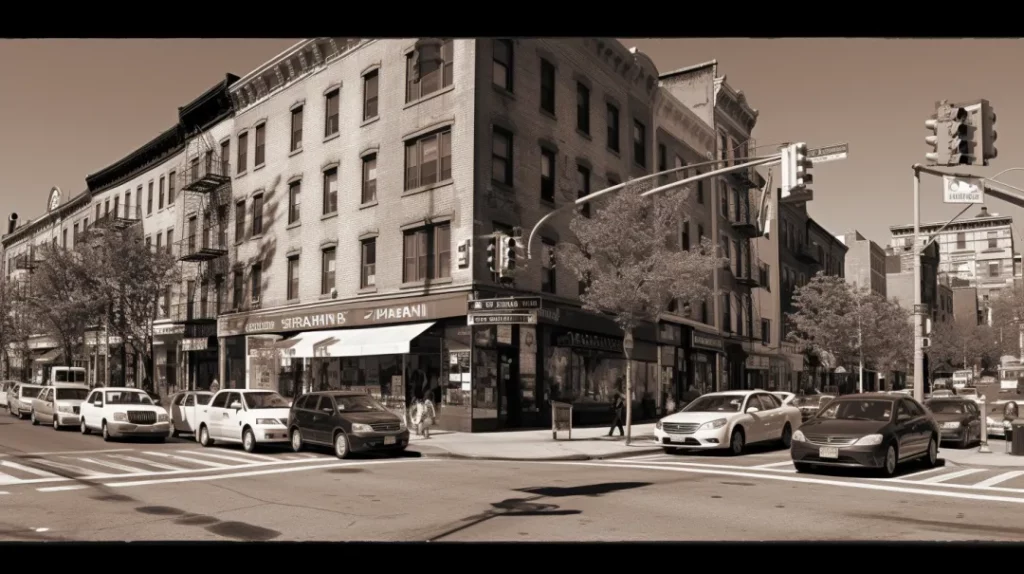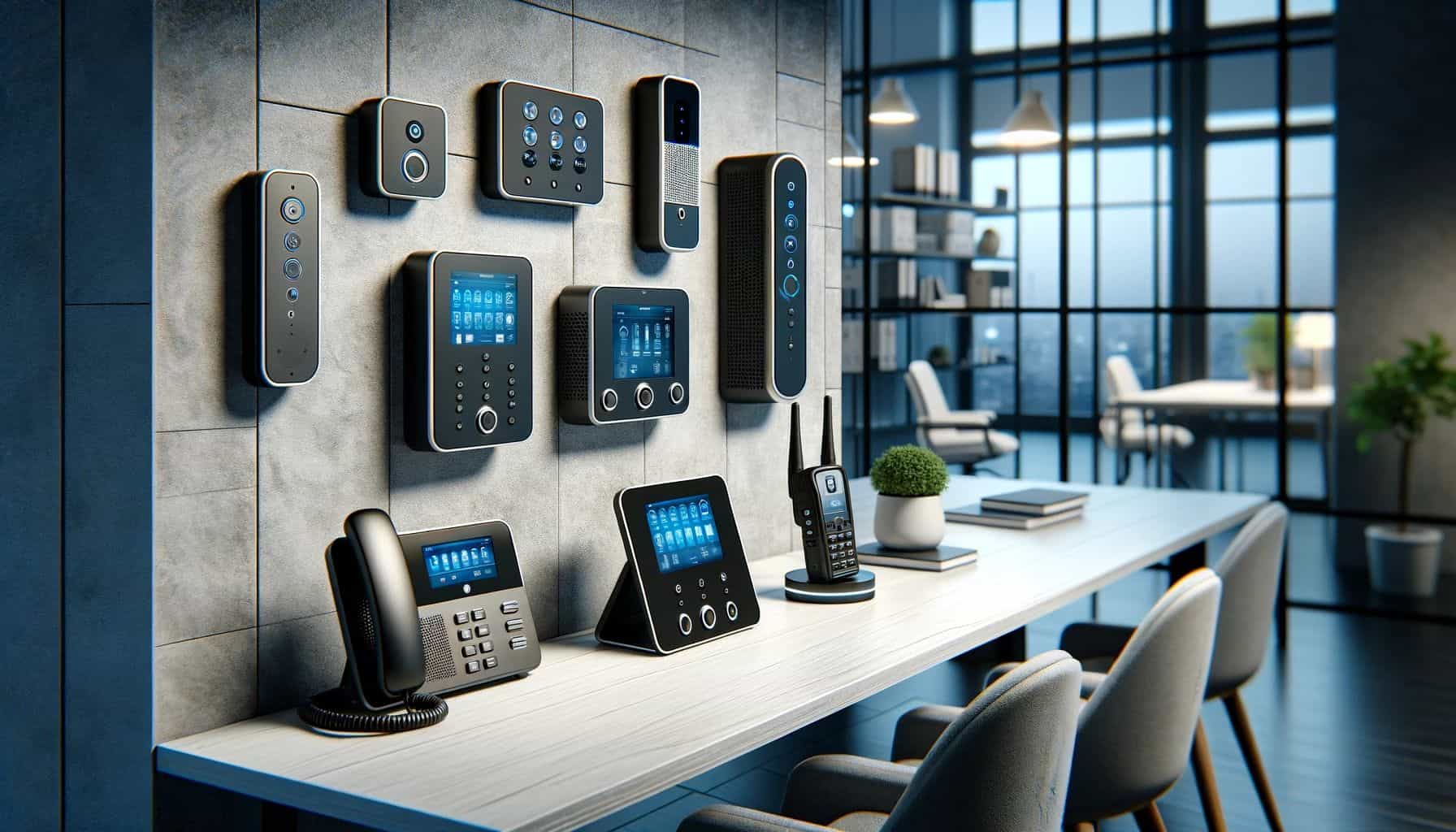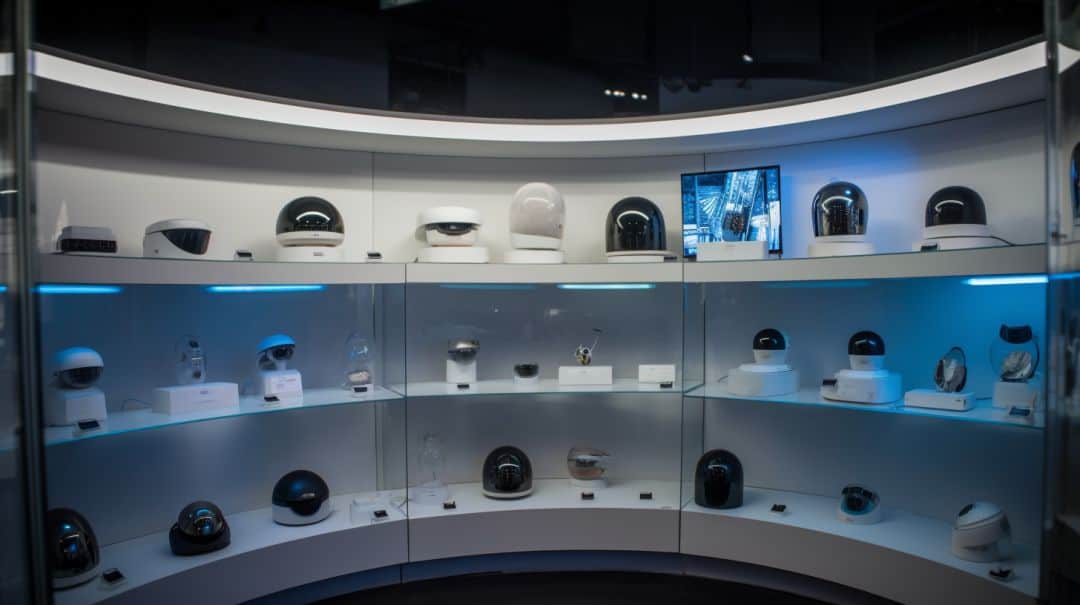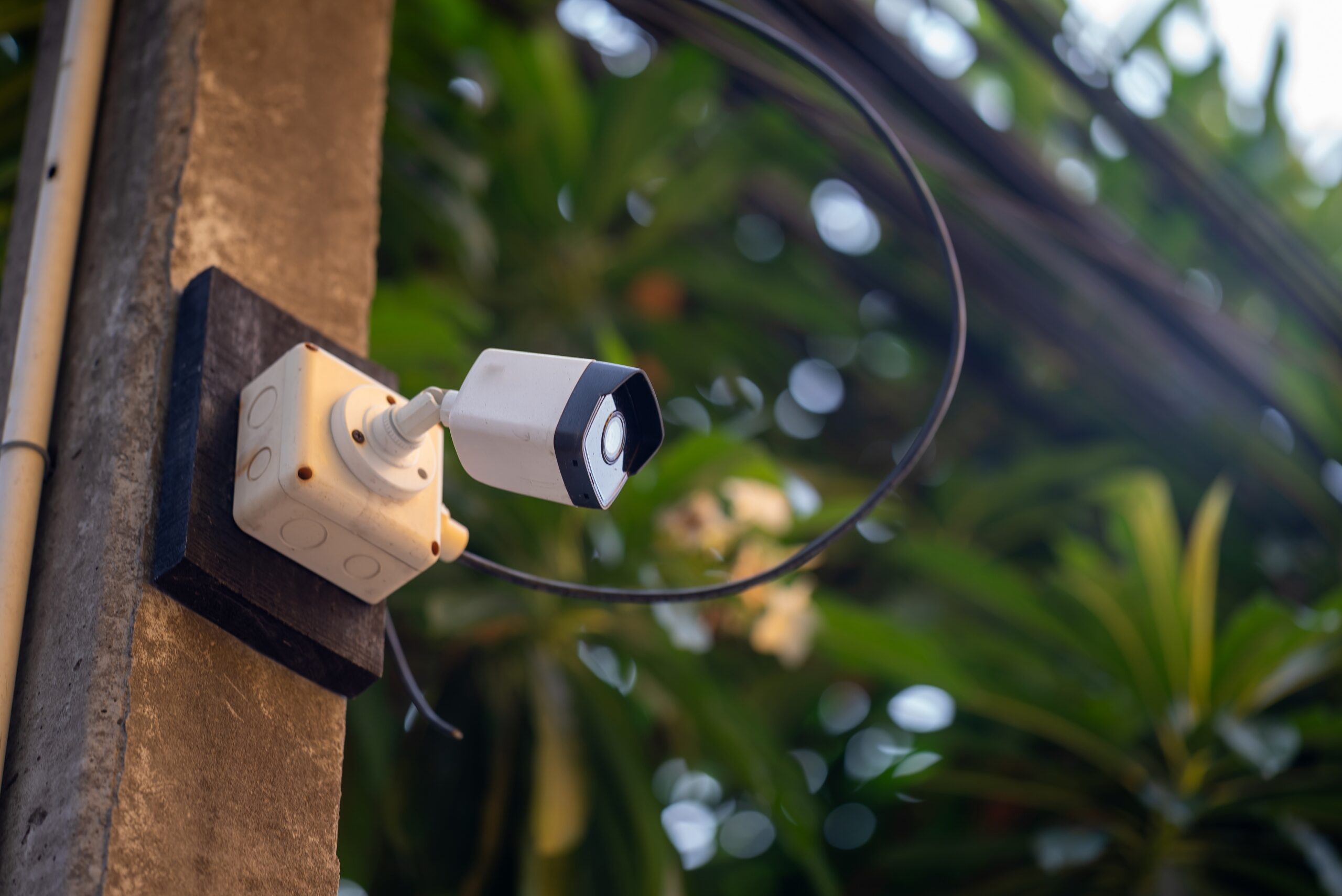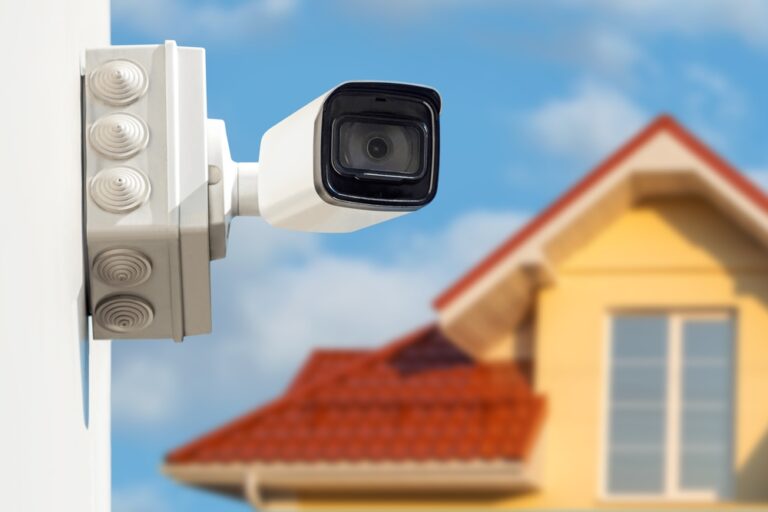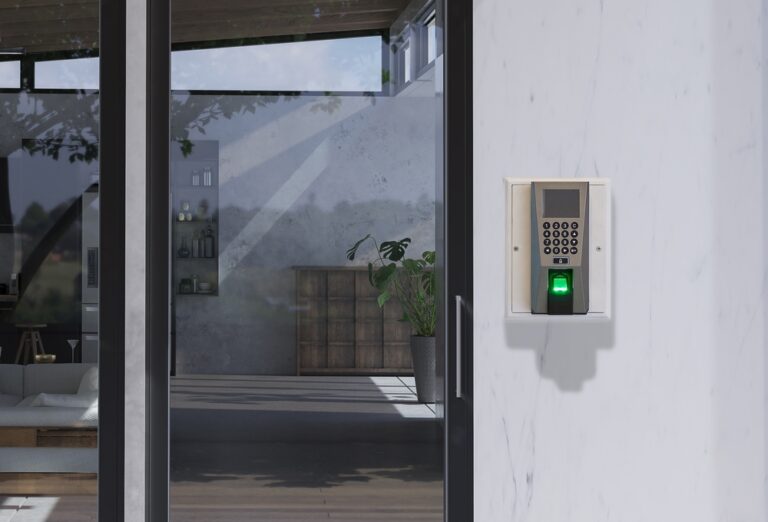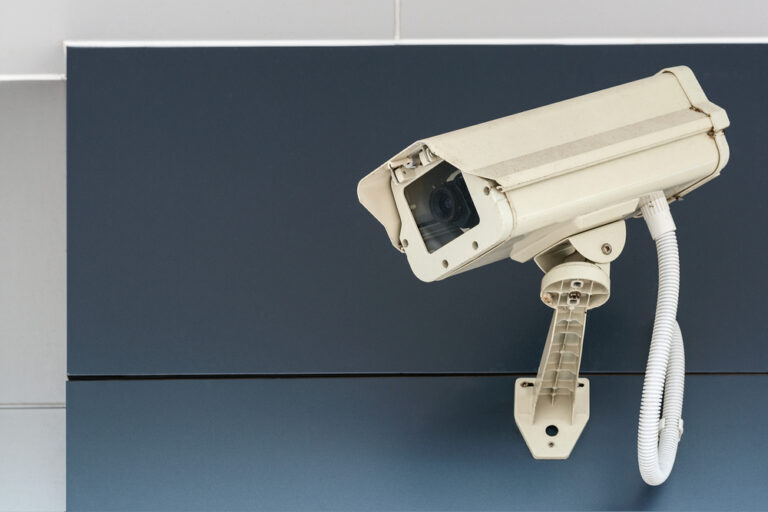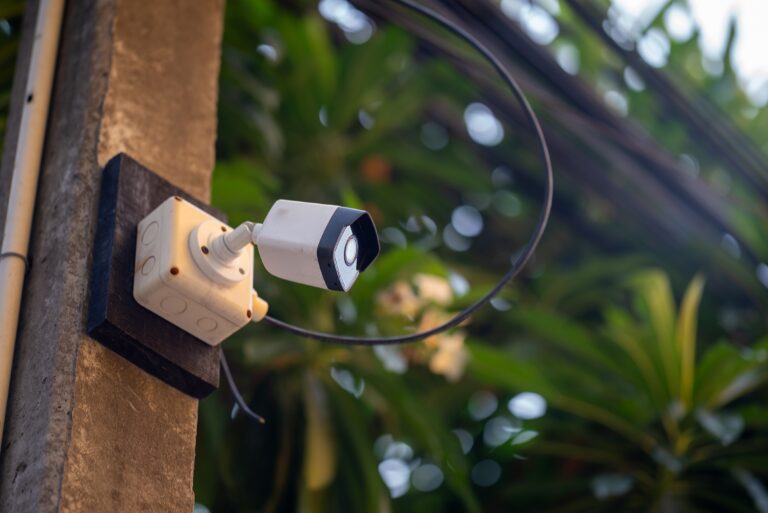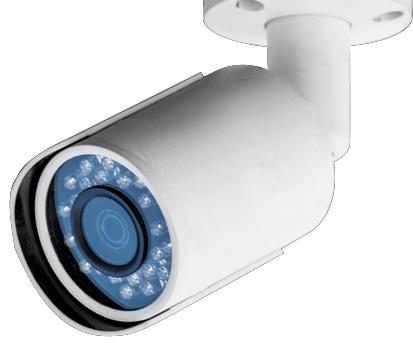- 1) Key Takeaways:
- 2) Importance of Properly Installed Security Cameras
- 3) Common Mistakes When Choosing Security System Installers
- 4) Common Pitfalls of Camera Selection
- 5) Mistakes to Avoid in the Installation Process
- 6) The Advantages of Choosing a Professional Installer
- 7) Top Mistakes to Avoid When Installing a Security System
- 8) Tips for Proper Security Camera Installation
- 9) Recommended Equipment & Services
- 10) Conclusion
-
11)
FAQs
- 11.1) How Do I Know If My Cameras Are Installed Correctly?
- 11.2) Do Wireless Security Cameras Reduce Installation Complexity?
- 11.3) How Regularly Should Camera Networks Be Maintained?
- 11.4) Is Auditing Camera Coverage Necessary If There Are No Issues?
- 11.5) What Questions Should Be Asked When Selecting Installers?
Installing a security camera system can be a complicated process, but it’s important to get it right. Properly placed cameras with crisp video footage are crucial for effectively monitoring your home or business. However, there are many common mistakes made during security camera selection, installation, and setup that can undermine your system’s capabilities.
In this comprehensive guide from the experts at Jefferson Security Cameras, we will overview the significance of proper security camera installation and highlight the most prevalent pitfalls to avoid. We explain the advantages of having a professional handle your security system instead of attempting a DIY job. We also provide tips for choosing the right cameras and installation team to meet your monitoring needs while dodging expensive blunders.
Key Takeaways:
| Pitfall | How to Avoid |
|---|---|
| Attempting DIY Installation | Hire a professional with security system expertise |
| Neglecting Proper Positioning | Complete onsite security survey first |
| Choosing the Wrong Cameras | Consider lighting, resolution, battery backup |
| Cutting Corners on Infrastructure | Don’t skimp on cabling, power, weatherproofing |
This article will empower you to:
- Understand the significance of proper security camera placement and infrastructure
- Avoid common mistakes amateurs make during selection and installation
- Learn the advantages of having an expert installer handle your system
- Get recommendations on equipment and professional installation services
Properly setting up security cameras takes careful planning and execution. By learning to avoid these pitfalls, you can maximize the effectiveness of your monitoring system. Read on to become an educated cameras system owner or manager.
Importance of Properly Installed Security Cameras
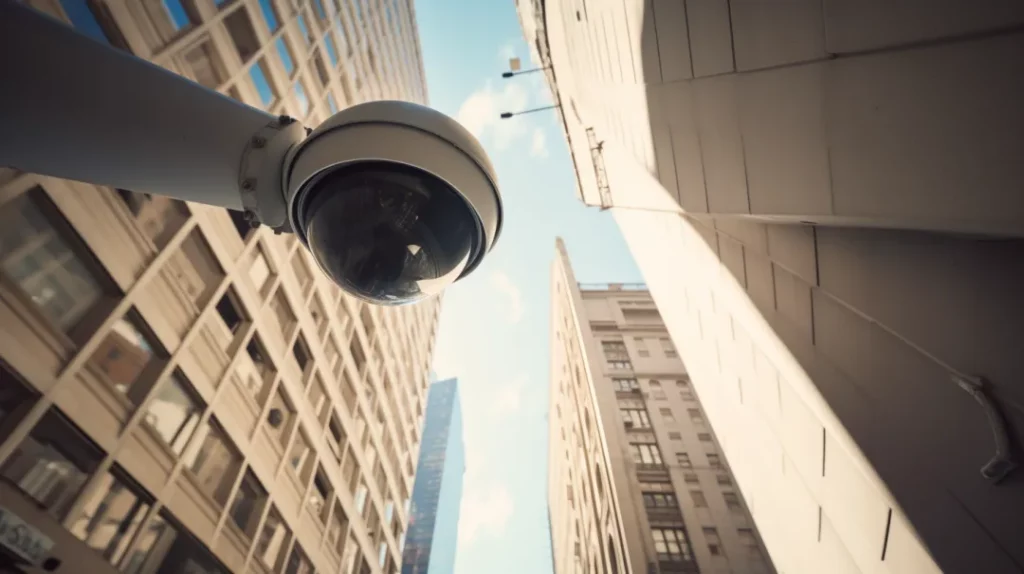
Installing security cameras is an investment – and it’s crucial to get it right the first time. Properly positioning cameras, setting the correct angle and field of view, using high-quality components, and professional installation are key to creating an effective video monitoring system. Rushing through selection and setup or attempting risky do-it-yourself installations often leads to issues down the road.
Poorly placed or low-quality cameras result in blindspots in your coverage and footage gaps that miss critical events. This undermines the entire purpose of installing cameras to monitor your property comprehensively. Trying to save money upfront frequently leads to wasting money redoing the system later when problems arise or the system fails to serve your needs.
Some of the top reasons properly installed security cameras are essential include:
- Deter Crime: Visible, high-resolution cameras act as a crime deterrent and enable video evidence if an incident occurs. Proper positioning ensures wide coverage.
- Monitor Activity: The right angles, zoom levels and megapixel image quality allows comprehensive monitoring of locations like parking lots, warehouses, and retail shops.
- Peace of Mind: When positioned to capture clear face shots, high-quality footage gives homeowners and business owners assurance if an incident occurs.
- Insurance Discounts: Many insurance companies offer premium discounts for professionally installed systems meeting their criteria.
- Return on Investment: Proper infrastructure and placement means cameras can serve your needs long term instead of requiring early replacement.
In short, poorly executing your security camera installation leads to wasted money, security risks, and endless headaches. Careful planning and setup is well worth the investment. Keep reading to learn how to avoid critical mistakes.
Common Mistakes When Choosing Security System Installers
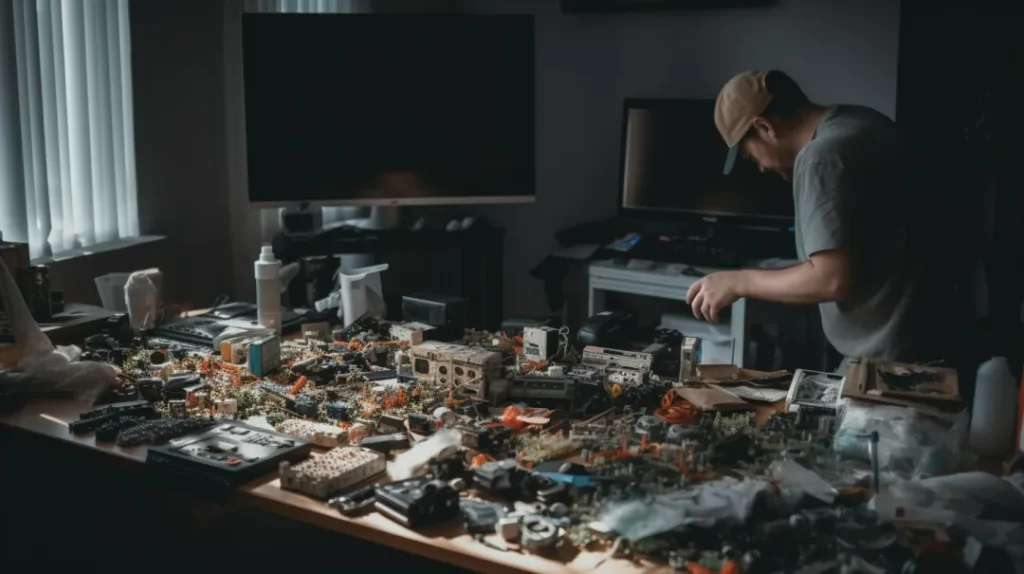
Selecting the right security camera installer is crucial for properly setting up your system. However, many customers make key mistakes when researching teams, including:
Skipping Comprehensive Research
Failing to thoroughly research installer expertise before signing a contract often backfires. Not every electrician or security company has specialized qualifications for optimally positioning cameras, wiring, integrating components, and programming systems features. Lack of planning leads to subpar installations needing expensive corrections.
What to Research in an Installer:
- Industry Certifications – Factory training by leading brands demonstrates technical qualification. Look for professional credentials like Certified Alarm Technician for Security Systems.
- Installation Portfolio – Reputable providers share galleries of past work showcasing clean cable runs, pro camouflage, and quality craftsmanship.
- Customized Design Services – Top installers move beyond pre-configured kits to survey sites and tailor systems to needs.
- Warranties/Service Agreements – Lengthy warranties provide assurance of reliability and continued support.
Neglecting Security Surveys
Attempting camera placement without an expert site survey leaves gaping holes in coverage. On-site analysis by a qualified installer considers property layout, lighting, infrastructure, security goals and vulnerabilities. This yields a strategic equipment recommendation and positioning blueprint tailored to surveillance objectives. Failure to obtain this professional insight causes critical oversights and avoidable reworks.
Attempting DIY Installations
DIY security system projects often end in dysfunctional, disappointing systems, despite accessible CCTV kits online. Unless you have specialized trade skills, the complexities of positioning cameras, running cabling, integrating recorders, power supplies and monitors, and programming features are filled with pitfalls. Most amateur installation attempts end up needing professional corrections costing more in the long run.
Common Pitfalls of Camera Selection
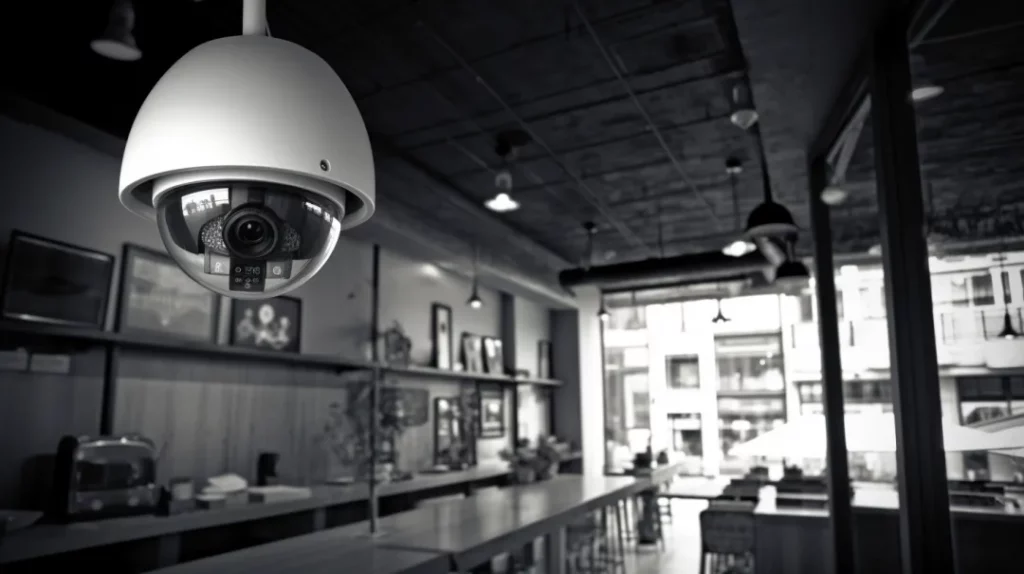
Selecting the right security cameras is crucial for meeting your monitoring objectives. However, many system owners make critical mistakes when choosing equipment that leaves blindspots in coverage.
Overreliance on CCTV
Analog CCTV cameras have major limitations in image quality, integration and scalability compared to modern IP camera systems. While economical upfront, relying solely on dated CCTV equipment today leaves huge gaps including:
- Low Resolution – CCTV’s 0.1 megapixel images pale in comparison to multi-megapixel IP camera footage revealing fine details like faces, license plates and small objects.
- Limited Recording – Unlike CCTV needing bulky videotape recorders, IP cameras integrate with robust network video recorders (NVRs) allowing high definition footage storage.
- Minimal Remote Access – Modern users expect being able to view camera feeds remotely via apps. But CCTV complicates access and offers no software integrations.
- Hardwired Infrastructure – IP cameras utilize easy plug-and-play Ethernet cabling. CCTV relies on proprietary BNC coax and matrix switchers hampering flexibility.
- Lack of Expandability – Adding more analog CCTV cameras requires increasingly expensive matrix switchers. IP systems seamlessly scale by adding extra network switches.
In short, relying on CCTV leaves blindspots in visibility and cripples monitoring capability compared to AI-enhanced IP camera systems.
Not Considering Lens Field of View
Surveillance cameras feature lenses with different fields of view (FOV) – from narrow to wide to 360 panoramic. Selecting the wrong lens leaves annoying coverage gaps. For example, a narrow 50 degree FOV would miss important activity just outside a building entrance. Wider lenses show more area but may excessively distort perspective. Carefully consider needed visibility patterns when reviewing lens options.
Not Planning for Power Outages
Networked security systems rely on WiFi routers, recorders and PoE switches which go dead during outages. Failure to integrate uninterruptible power supplies (UPS) with battery backups leads to complete visibility losses when municipal power goes down – just when camera monitoring is most critical. Adequately powering equipment requires carefully weighing UPS runtimes, generators or solar panels to keep systems operational 24/7/365 no matter what.
Other Key Considerations
Beyond the common mistakes above, selecting optimal cameras requires analyzing factors like:
- Resolution – Higher megapixel images reveal critical details like faces and license plate numbers.
- Frame Rate – Higher FPS enables capturing fast motion. 30 FPS is ideal.
- Night Vision – Infrared (IR) illumination or low light capability enables 24/7 monitoring.
- Durability – Vandal domes and metal housings withstand tampering or weather.
- Wireless Options – WiFi cameras offer flexible placement but limit quality and reliability.
Taking a strategic approach to selecting the right camera technology, resolution, lens types, wired/wireless balance, streaming capability, durability, cyber-security protections, backup power sources and other aspects requires weighing monitoring objectives against budget. The numerous options and specifications can quickly become overwhelming. This is where consulting experienced installers with deep product knowledge proves invaluable – guiding customers to the ideal equipment formula for their site without overspending or capability gaps. Unbiased guidance considers owners’ specialized visibility, storage, integration and durability needs while avoiding costly mistakes.
Mistakes to Avoid in the Installation Process
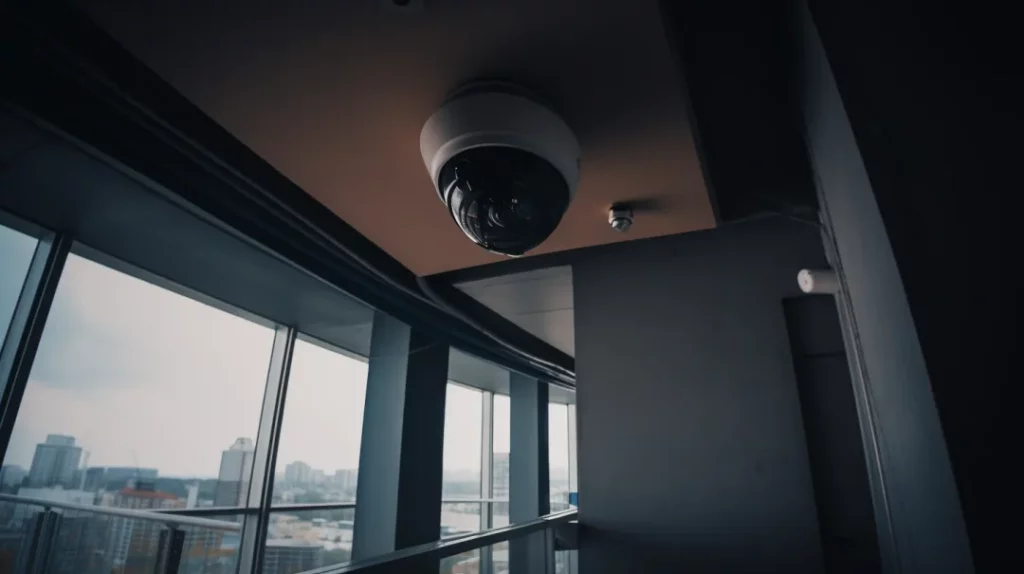
The installation process involves strategically running cabling, positioning cameras, integrating components, testing connectivity, and commissioning systems. Many amateurs attempting DIY projects underestimate the complexities involved, leading to issues including:
Cutting Corners on Cabling
Running video surveillance system wiring seems straightforward to novices. But cutting corners here causes major reliability and performance issues. Mistakes like:
- Using thin, low-grade cables unable to withstand weather or interference
- Sloppy, excessively long runs creating signal degradation
- Improper outdoor conduits allowing moisture intrusion
- Inadequate jacks leading to disconnected cameras
- Unprotected cabling vulnerable to tampering or accidents
Professional installers use heavy-duty, shielded cabling in short, concealed straight runs between termination points. This maintains signal integrity and reliability despite harsh conditions. Skimping on infrastructure frequently requires expensive re-wiring later.
Overreliance on Wireless Cameras
Wireless security cameras are tempting for their flexible placement without cabling. However, most WiFi cameras cannot match the stability and performance of wired options:
- Limited Resolution as wireless connections bottleneck data throughput
- Range/Interference Issues causing signal dropouts and pixelation
- Power Supply Challenges as battery-powered models require frequent changes
- Greater Cybersecurity Risks with exposed wireless signals
Mission critical cameras should always be hardwired for optimal resolution, reliability and security. Wireless options are typically best suited only for indoor supplementals.
Neglecting to Weatherproof Connections
Outdoor cameras and junction boxes require diligent weatherproofing during installation to safeguard terminations from moisture damage. Yet amateurs often fail to:
- Apply outdoor-rated silicon caulk around cracks.
- Install cable drip loops allowing water to escape.
- Use gel-filled connectors impervious to water.
- Properly seal conduit openings.
Penetrations into a structure must be completely watertight to prevent ingress leading to corrosion or short circuits disabling cameras. Professional installation and periodic inspection ensures weather tightness.
The Advantages of Choosing a Professional Installer
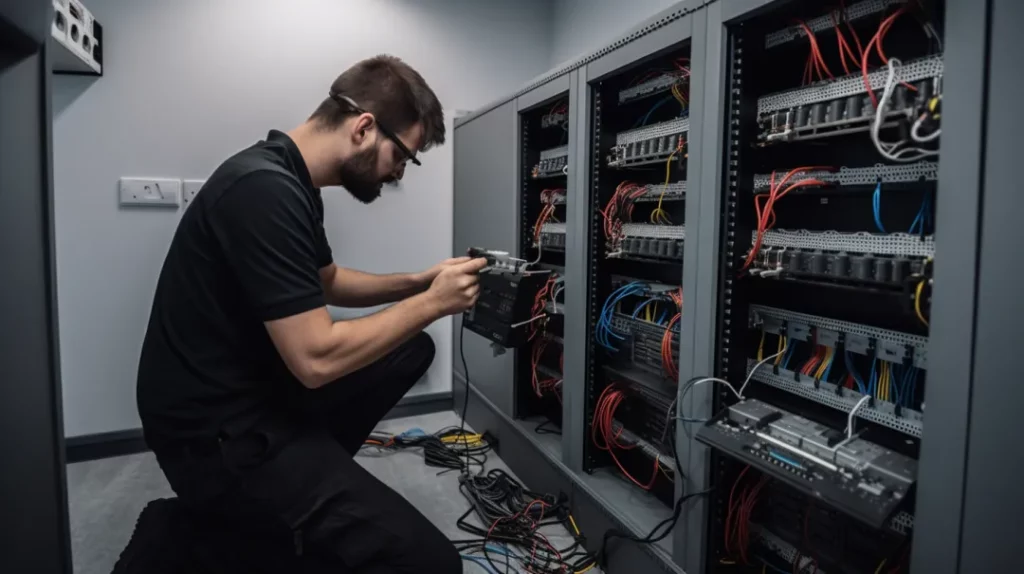
After reviewing common pitfalls surrounding security camera selection and installation, the benefits of having professionals handle the end-to-end process become clear. Hiring an experienced local firm for consultation, project management and certified installation offers major advantages:
Thorough Site Surveys
- On-site walkthroughs analyzing layouts, lighting, infrastructure
- Identifying operational blindspots and security vulnerabilities
- Customized system designs matching needs to budgets
Strategic Camera Positioning
- Optimizing mounting locations and angles
- Fine-tuning focus, zoom and fields of view
- Minimizing blindspots for comprehensive monitoring
Future-Proof Infrastructure
- Heavy-duty cabling with neat, concealed runs
- Adequate junction boxes and rack space
- Careful weatherproofing and surge protection
Simplified Maintenance/Expansion
- Intuitive wiring schemes and labeled components
- Scalable designs allowing easy camera additions
- Clear equipment warranty and support policies
Reliability and Performance
- Following manufacturer best practices
- Meticulous termination techniques to maintain signal
- Verifying connectivity, video quality from all cameras
Cybersecurity & Compliance
- Current firmware, password policies, encryption
- Data privacy protections as needed
- Regulatory standards adherence for government/healthcare
| Benefit | DIY Risk |
|---|---|
| Optimized positioning | BlindspotsLimited scope |
| Resilient infrastructure | Signal lossWeather damage |
| System scalability | Limited expandabilityEarly obsolescence |
| Cybersecurity & compliance | VulnerabilitiesPrivacy issuesRegulatory violations |
This table summarizes how attempting risky do-it-yourself installations often leads to capability gaps, reliability issues, lack of scalability and cyber risks – requiring expensive reworks later. Partnering with security camera professionals is a smart investment providing asset protection and peace of mind for years to come.
Top Mistakes to Avoid When Installing a Security System
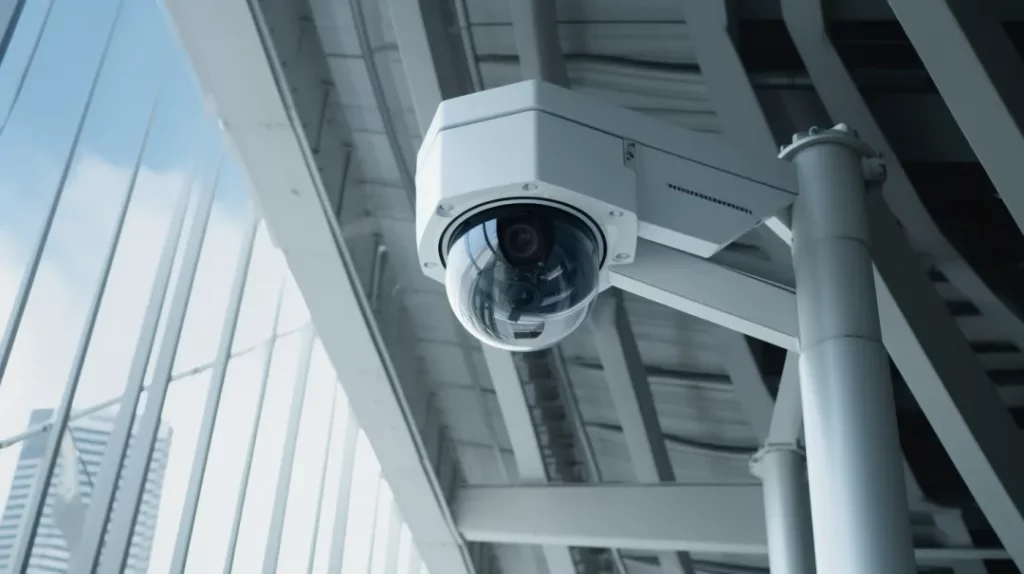
In addition to earlier pitfalls, security camera installers frequently encounter other preventable errors including:
Relying on Image Enhancement Software
It’s tempting to cut camera costs by using lower resolution models paired with software to sharpen footage. However, installers warn this strategy often backfires:
- Limited Pixels – No software can add resolution that a camera fails to capture. A 0.1 MP camera has only so many pixels to work with.
- Excessive Noise – Software interpolation to “enhance” low resolution images also amplifies noise and artifacts.
- Unrecognizable Faces/Text – Severely pixelated footage cannot reveal identifiable facial or license plate details no matter how much digital zoom and contrast filtering is applied.
Image quality and resolution must be addressed in the camera selection and positioning process before recordings are made. Once data is captured at low quality, software cannot meaningfully improve it. High definition 2MP+ cameras combined with large capacity recorders are recommended.
Blocking IR LED Lights
Installers frequently find users inadvertently reducing camera visibility by physically blocking the infrared (IR) illuminators surrounding lenses. Without IR beams reaching their targets, night vision capability is lost. Errors like:
- Overhead Fixtures – Eaves, awnings and other structures directly above cameras prevent IR light spread.
- Close-Up Obstructions – Even boxes or signs right in front of lenses can interfere with IR emitters.
- Incorrect Angles – If a camera is tilted too far or focused on the ground, IR beams may not reach far enough to sufficiently illuminate the scene.
Carefully considering fixture locations during installation prevents diminished night visibility. Reference your camera model’s published illumination distance pattern when positioning.
Wasting Pixels on Irrelevant Space
Cameras can only capture what fits inside their field of view (FOV) determined by positioning. Installers frequently see users capturing unnecessary floors/walls/ceilings instead of dedicating pixels to what really matters. For example, when covering a doorway, wasted space could be minimized by:
- Tilting the camera down to exclude ceiling area
- Zooming in on just the entrance area of concern
- Moving the unit slightly closer to fill the frame with the door view only
Tightening FOVs right on assets being monitored makes the most of available resolution.
Skimping on Infrastructure
Trying to save on cabling costs by using single extremely long cable runs to distant buildings often backfires. Video signals degrade significantly over lengthy distances resulting in unreliability. Professional standards call for distributed infrastructure with:
- Short Cable Lengths – Limit individual runs to 300 feet maximum
- Signal Boosters – Strategically placed amplifiers strengthen signals
- Extra Conduits – Additional pathway capacity for future expansion
While infrastructure costs may initally seem high, cutting corners leads to more expenses down the road for corrections. Do it right from the start.
Buying Small Non-Expandable Recorders
It’s tempting purchase pequatchsto 4 or 8 channel digital video recorders (DVRs) which seem adequate at first. However, if your system grows beyond the recorder’s limited capacity months later, it necessitates a brand new purchase. More enterprise customers should consider scalable network video recorders (NVRs) or server-based systems allowing essentially unlimited cameras. Think long term before locking yourself into recorders without room to grow.
Tips for Proper Security Camera Installation

After reviewing common mistakes to avoid across selection, infrastructure and positioning – what are some positive best practices? The expert installation technicians at Jefferson Security Cameras highlight top tips:
Choose an Established Local Provider
Carefully vet security integrators on key factors before signing any contracts:
- Years in Business – Seek stable companies operating for a decade or more over fly-by-night alternatives.
- Industry Credentials – Look for licensed, bonded, insured teams with leading manufacturer certifications.
- Customized Offerings – Rather than cookie-cutter solutions, seek tailored packages meeting specialized needs.
- Design Flexibility – Opt for consultants guiding you to optimal solutions rather than being tied to proprietary products.
- Warranties & Support – Well-established providers stand behind installations and equipment with multi-year assurances.
Invest in a Thorough Site Survey
The best camera and infrastructure recommendations stem from in-person site analyses considering:
- Building Layouts & Lighting Conditions
- WiFi Coverage Gaps Impacting Wireless Equipment
- Power Supply Placement Limiting Cabled Gear
- Aesthetic and Discretion Preferences
- Budget Limitations
- Organizational Monitoring Priorities & Vulnerabilities
Insist on Top Tier Equipment
While tempting to cut hardware costs, quality cameras and transmission infrastructure directly impact reliability:
- High Resolution IP Cameras – Minimum 2MP+ resolution captures actionable details
- Weatherproof Gear – Look for vandal resistant, outdoor-rated equipment at vulnerable locations
- 24/7 Power Protection – Integrate battery backups, surge protectors and redundancy for always-on operation
- Future-Proof Infrastructure – Invest in robust cabling allowing flexible expansion
Validate Post-Installation Operation
Before closing work orders, qualified firms thoroughly test final configurations including:
- End-to-End Video Verification – Confirm flawless imaging from every camera
- Network Speed Test – Validate support for high resolution streaming
- Motion Trigger Assessment – Verify alerts are working properly
- Backup Validation – Confirm scheduled footage archiving to prevent data loss
Following best practices in choosing installers, developing system designs, purchasing top-tier gear and testing finished products leads to effective security solutions that stand the test of time even under harsh conditions.
Recommended Equipment & Services
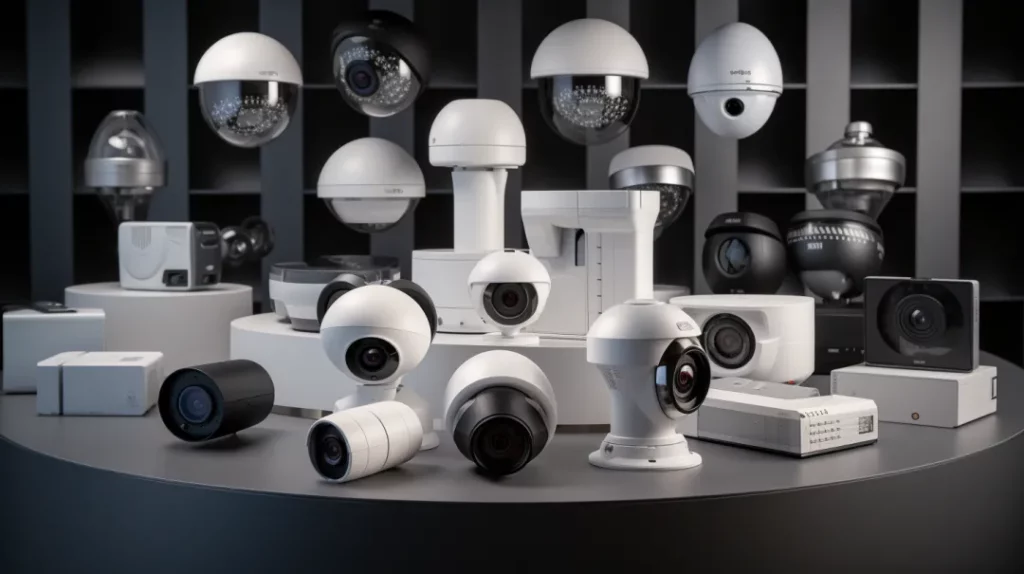
With over a decade of experience securing the Greater Philadelphia area, the Jefferson Security Cameras team recommends the following best-in-breed equipment and design/installation services for optimal video surveillance systems:
High Resolution Cameras
- Hikvision ColorVu – Their unique dual lens camera simultaneously captures full color and infrared video streams creating crisply detailed monitoring both day and night.
- Axis Communications – One of the video surveillance industry’s most respected brands offering specialty camera form factors like 360 fisheye as well fixed mini domes and PTZ tracking models.
Robust Infrastructure
- Belden Bonded-Pair Cabling – Top choice for secure video transmission thanks to precise impedance matching and RFI rejection maintaining signal integrity.
- FS.com Network Switches – High port density gigabit and 10 gigabit managed PoE+ switches optimized for bandwidth-intensive camera networks.
Recording & Viewing
- Genetec Security Center – Enterprise class VMS (video management software) which smoothly records, manages and analyzes unlimited cameras across multiple sites.
- Panasonic Arbitrator Cloud – More affordable cloud-based option for smaller organizations needing plug-and-play recording without servers.
Support Services
Jefferson Security Camera’s expert teams handle all aspects of video surveillance projects:
- Site Surveys & Customized System Designs
- Strategic Camera Positioning & Pixel Mapping
- Meticulous Installation of Infrastructure and Equipment
- Intuitive Configuration of Analytics & Notifications
- Testing & Verification for Flawless Day 1 Operation
- Preventative Maintenance Programs
- Alert Monitoring & Direct Police Dispatch
Rather than navigating video surveillance complexities alone through trial and error, leverage our decade specializing in the latest IP-based camera solutions to meet institutional monitoring objectives while avoiding headaches and maximize return on investment.
For affordable custom packages from Jefferson Security Cameras protecting Greater Philadelphia assets, request a quote or call (267) 662-1423 today. Discounts for approved multi-location deployments.
Conclusion
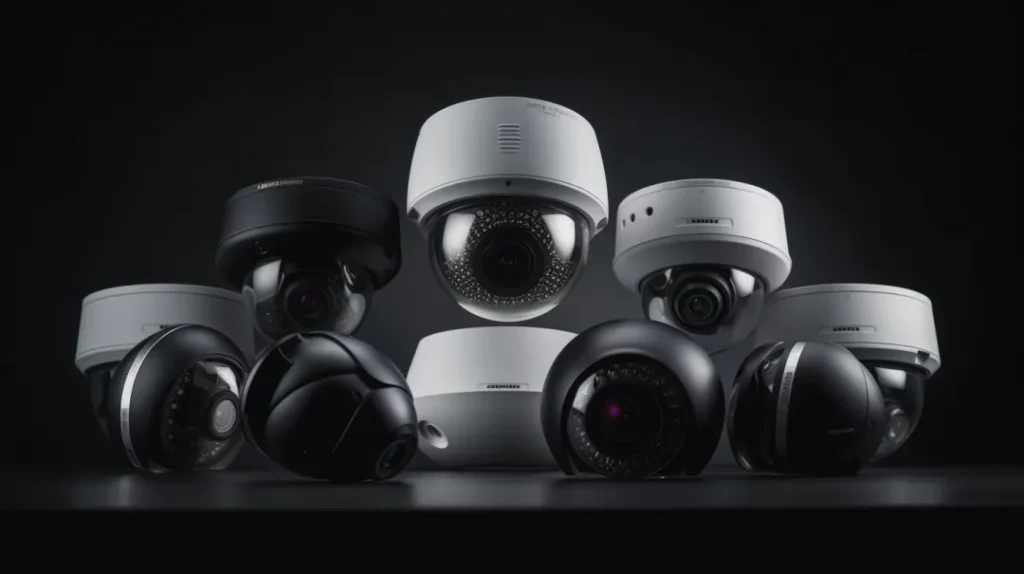
This in-depth report from the security camera experts at Jefferson Security Systems has covered crucial yet commonly overlooked aspects of properly installing video surveillance:
- Reviewed the importance of strategic camera placement and resilient infrastructure
- Highlighted most prevalent mistakes amateurs make when attempting do-it-yourself installations
- Outlined pitfalls surrounding camera selection, wiring, positioning and power backup
- Explained advantages of leveraging professional integrators over risky DIY attempts
- Provided tips and best practices from experienced installation technicians
- Shared specific product recommendations based on superior field testing
While security cameras may seem easy to purchase and install without guidance, this overlooks the complexity of properly designing, integrating, testing and supporting these mission critical corporate assets over their lifespan.
Common pitfalls lead to gaps in coverage, operational failures and unnecessary replacements – translating to money wasted which means less funds available to protect other areas of your organization.
Conversely, making a modest greater investment in robust, optimized video surveillance solutions tailored to your risk profile by competent professionals pays dividends in asset protection and risk mitigation for years to come.
We encourage any stakeholders evaluating new surveillance deployments – whether replacing outdated analog CCTV systems or addressing previously neglected monitoring needs – to leverage our security integrators as an extension of your facilities, safety and IT teams.
Key benefits include:
✔️ Reduced project overhead
✔️ Maximum uptime
✔️ Increased scene coverage
✔️ Enhanced evidence details
✔️ Simple expansion facilitation
✔️ Continuous technical support
✔️ Proactive maintenance
✔️ Priority warranty repairs
✔️ Discounts on equipment upgrades
To get started securing facilities across Greater Philadelphia with customized video surveillance packages from Jefferson Security Cameras, request a quote or call us anytime at (267) 662-1423.
FAQs
How Do I Know If My Cameras Are Installed Correctly?
Properly installed cameras should clearly capture faces, license plates and other key details without blind spots from posted vantage points. Positioning should dedicate maximum pixels to high priority monitoring zones instead of irrelevant walls/floors. Cameras should maintain crisp, fluid video with no signal drops – indicating robust cabling and power infrastructure.
Do Wireless Security Cameras Reduce Installation Complexity?
While eliminating cabling, WiFi cameras introduce other issues like limited resolution, interference-disruption, battery hassles and cybersecurity risks relative to wired models. For optimal quality and reliability, only leverage wireless cameras temporarily or as lower priority supplemental units – key areas should feature high megapixel PoE models hardwired to centralized recorders.
How Regularly Should Camera Networks Be Maintained?
Expect to have professional technicians conduct annual system audits checking cabling integrity, lens focus calibration, latest firmware updates, motion mapping adjustments and other fine tuning required to counter gradual environmental performance erosion over years of operation. Budgeting for ongoing maintenance ensures maximum uptime and evidence viability.
Is Auditing Camera Coverage Necessary If There Are No Issues?
Yes, because equipment moves, lighting changes, dust accumulation and creeping blind spots easily go unnoticed over time, gradually undermining a system originally installed properly. Annual professional audits realign and optimize components affected by natural subtle site changes – essential proactive maintenance keeping mission critical surveillance infrastructure operating at peak capability.
What Questions Should Be Asked When Selecting Installers?
Beyond core expertise installing and programming systems, the best security camera integrators clearly communicate ongoing support capabilities in areas of remote system health checks, live monitoring services, police liaison agreements, firmware update processes and if they provide priority emergency repairs in case of outages or damage. Clarify all post-installation support specifics upfront.
